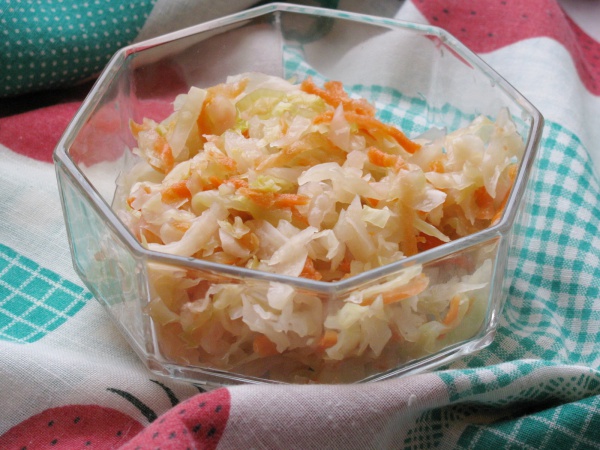Facts About Sauerkraut
Sauerkraut is essentially finely chopped raw cabbage that undergoes fermentation by lactic acid bacteria, which grants it a long shelf life and a distinctive tangy flavor. This fermentation process has deep roots in various cultures, with possible origins in China or Europe. Before the advent of modern preservation methods, sauerkraut was a crucial source of nutrients, particularly in colder regions.
Making sauerkraut involves a simple yet fascinating process called lactic acid fermentation. You start by shredding cabbage, then layering it with salt, and allowing it to ferment. During this time, various bacterial phases work together to create sauerkraut’s unique taste and preserve it. Depending on the region, you might find variations with added ingredients such as carrots, apples, cranberries, or beets. Sauerkraut also features in a variety of dishes such as pierogi, soups, and stews across many cuisines.
There are several health benefits to eating sauerkraut. It’s packed with vitamins C and K, is high in fiber, and contains live lactobacilli and other beneficial microbes that can aid digestion and promote a healthy gut. Some studies even suggest that sauerkraut could have cancer-fighting properties and benefits for eye health. However, it's worth noting that consuming too much sauerkraut might cause bloating and gas due to its specific compounds.
On the scientific front, sauerkraut has captured the interest of researchers studying its genetic components and bacterial interactions. For instance, Philippe Horvath has conducted significant work on the lactic acid bacteria involved in sauerkraut production.

 Slovakia
Slovakia